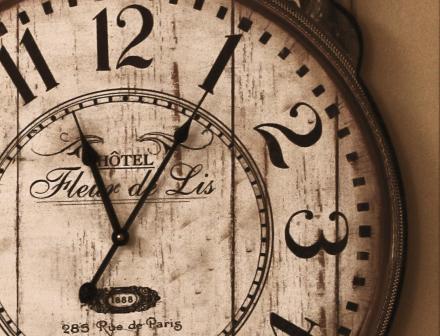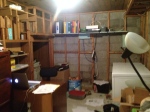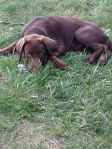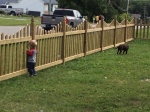Hello All,
Wow, how time has flown since the last post! Here’s what has happened in this 49er household during the last few weeks.
|
Week 3 |
Week 4 |
Week 5 |
|
Straight |
Straight |
Straight |
|
Falcons |
Giants |
Packers |
|
Chargers |
|
Giants |
|
Bengals |
Packers |
Bills |
|
Ravens |
Lions |
Panthers |
|
|
|
Browns |
|
Lions |
Dolphins |
Cowboys |
|
|
|
Colts |
|
Patriots |
|
|
|
Saints |
Chargers |
Saints |
|
|
|
Steelers |
|
|
49ers |
|
|
|
|
49ers |
|
|
|
Chargers |
|
|
|
|
|
|
Seahawks* |
|
|
Bears |
||
|
8-8 |
6-7 |
11-3 |
These picks were put in because I put them in back in July. As I update you, I have the Monday night game on, but I feel confident the Hawks will win this one.
I, unfortunately, have not touched my fantasy team, either. I am not sure who is hurt or who should have been starting. Anyway, here is my starting lineup for the last three weeks, and the points my team accumulated.
|
Week 3 |
Week 4 |
Week 5 |
|
|
QB – Drew Brees (Saints) |
22 |
24 |
22 |
|
RB – Toby Gerhart (Jaguars) |
6 |
9 |
2 |
|
RB – Mark Ingram (Saints) |
0 |
0 |
0 |
|
WR – Demaryius Thomas (Broncos) |
5 |
-Bye- |
36 |
|
WR – Michael Crabtree (49ers) |
15 |
4 |
1 |
|
WR – Allen Hurns (Jaguars) |
12 |
6 |
2 |
|
FLEX – Shonn Greene (Titans) |
9 |
1 |
3 |
|
DT – Justin Smith (49ers) |
0 |
2 |
1 |
|
DE – Carlos Dunlap (Bengals) |
2 |
-Bye- |
1 |
|
DE – Justin Tuck (Raiders) |
1 |
1 |
-Bye- |
|
LB – Curtis Lofton (Saints) |
1 |
2 |
1 |
|
LB – Alec Ogletree (Rams) |
3 |
-Bye- |
2 |
|
LB – Von Miller (Broncos) |
2 |
-Bye- |
1.5 |
|
LB – DeAndre Levy (Lions) |
4 |
2 |
2 |
|
CB – DeAngelo Hall (Redskins) |
4 |
0 |
-Bye- |
|
CB – Janoris Jenkins (Rams) |
3 |
-Bye- |
0 |
|
S – Eric Weddle (Chargers) |
2 |
2 |
0 |
|
S – Bernard Pollard (Titans) |
1 |
0 |
0 |
|
D/ST – Seattle Seahawks |
0 |
-Bye- |
In Progress |
|
K – Mason Crosby (Packers) |
1 |
8 |
6 |
|
P – Andy Lee (49ers) |
2 |
2 |
1 |
|
HC – Carolina Panthers |
0 |
0 |
1 |
|
Loss 96-117 |
Loss 63-74 |
Lesson for today: always update your fantasy football lineup, and pick your spread games. Northern Borealis is now 1-3 and is looking at going 1-4. I am going to get back into the groove.
Right now it’s 10-0 Seattle with 8:30 left in the 2nd Quarter. I have Seattle winning, by 6 points. Unless Washington can “wake up” and start playing, Seattle is going to win by a lot more than the 6 points I predicted. I’ll update you on the Monday night game, my pickems, and Northern Borealis tomorrow.
Talk to you later!








